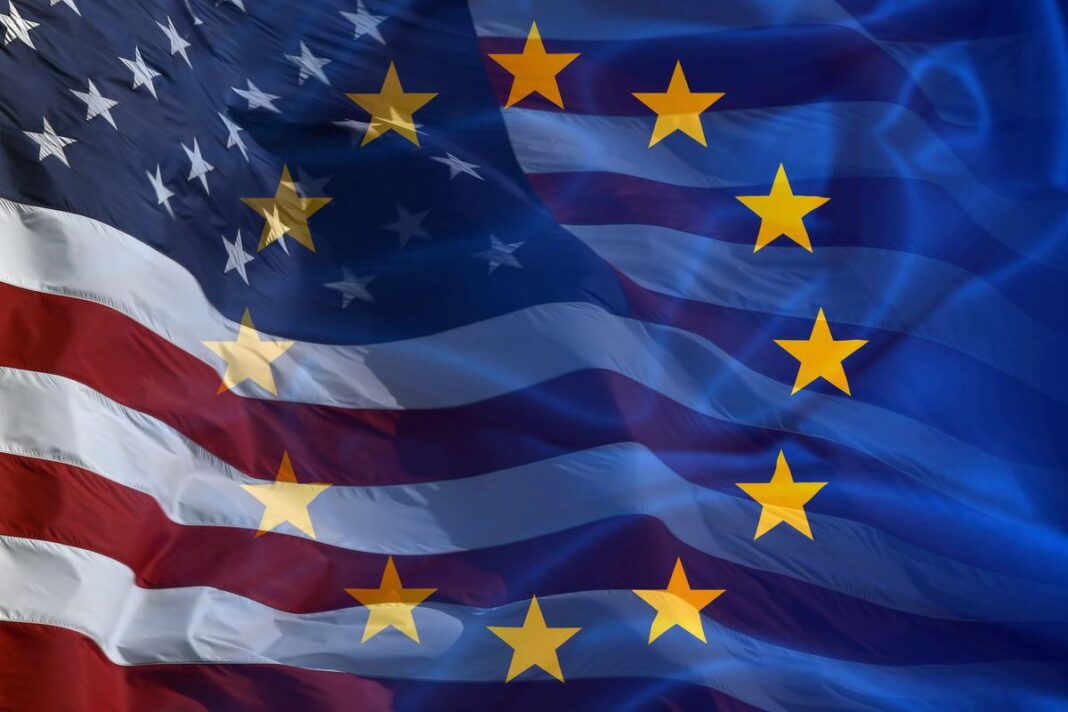The baseline tariffs will impact about $3 trillion in imported goods.
The first part of President Donald Trump’s sweeping tariff agenda went into effect at 12:01 a.m. on April 5.
A 10 percent baseline universal tariff will apply to all imports, regardless of origin, up from the current average tariff rate of about 2.5 percent.
The White House’s measures will impact the $3 trillion in goods the United States imports annually.
Trump unveiled the details of his tariff plans during a “Make America Wealthy Again” event at the White House Rose Garden on April 2, vowing to undo decades of trade deficits and unfair practices in global commerce.
“For decades, our country has been looted, pillaged, and plundered by nations near and far, both friend and foe alike,” the president said in his speech before an audience of auto workers, craftsmen, farmers, steelworkers, and members of his Cabinet.
“They watched in anguish as foreign leaders have stolen our jobs, foreign cheaters have ransacked our factories, and foreign scavengers have torn apart our once beautiful American dream.”
He invoked the International Emergency Economic Powers Act of 1977, authorizing the president to impose trade restrictions on foreign countries. The legislation, which Senate Democrats have tried to reverse in a largely symbolic vote this week, has mainly been used to implement tariffs.
The second set of trade policy actions consists of beefier reciprocal tariffs on countries with which the United States has persistent trade deficits and maintaining more restrictive monetary and non-monetary trade barriers. These import duties will be as high as 50 percent, applying to an array of countries, including Vietnam (46 percent), China (34 percent), Taiwan (32 percent), India (26 percent), and Japan (24 percent).
“Our country and its taxpayers have been ripped off for more than 50 years, but it is not going to happen anymore,” Trump said.
Certain goods, such as automobiles, aluminum, and steel, will be exempt from the new tariffs because they are already subject to Section 232 tariffs.
Beijing confirmed it would be imposing retaliatory 34 percent tariffs on U.S. goods entering the world’s second-largest economy, effective April 10.
In response to China’s tariffs, Trump wrote on Truth Social that the Chinese regime “panicked” and did “the one thing they cannot afford to do.”
Others, including the European Union and Canada, have also vowed to install countermeasures.
By Andrew Moran







